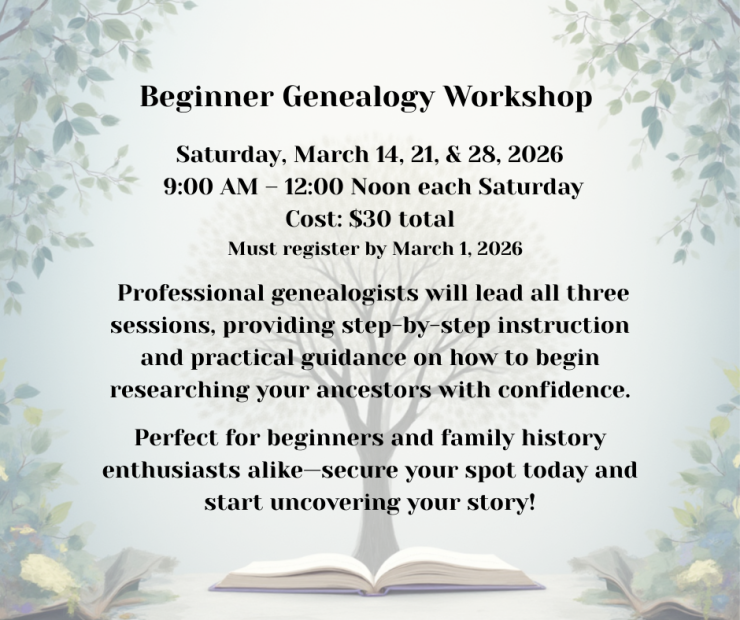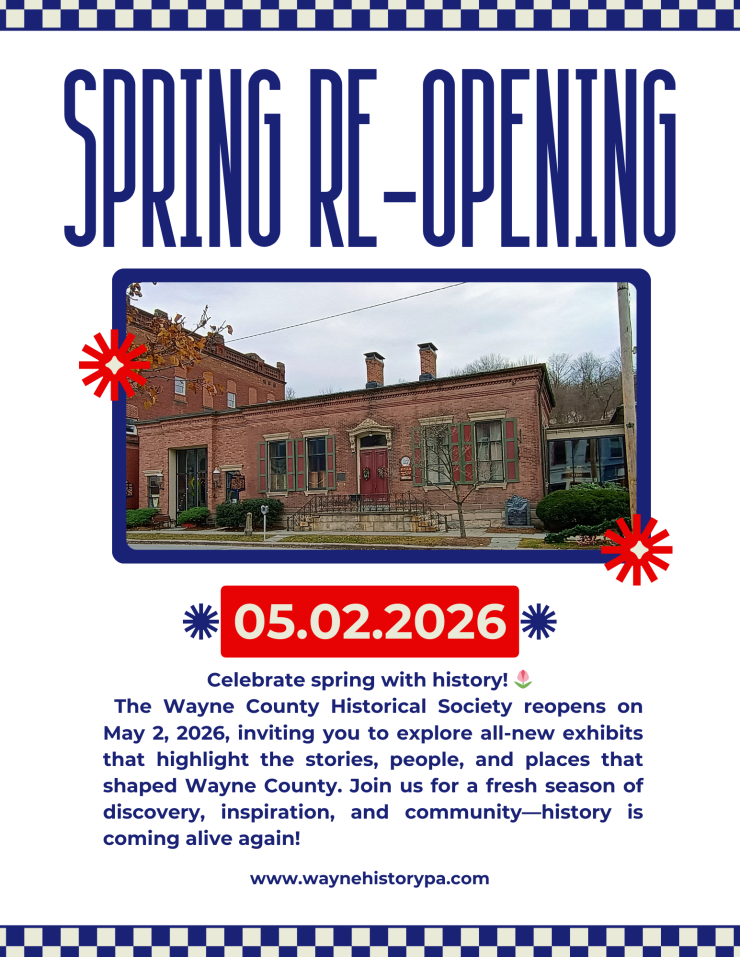Buckingham Township
One of the five original townships when Wayne County was formed in 1798, Buckingham was much larger than today. Bounded on the north and east by New York State, on the south by Damascus Township, and on the west by Mount Pleasant, it contained thirty miles on the Delaware River. In 1821 Scott Township was formed from the northern portion and Manchester from the south. Another portion was taken to form part of Preston Township in 1828.
Originally, its hills and valleys were covered with timber, particularly magnificent hemlocks. Although the same hills and valleys are once again tree-covered, there came a time when they were stripped bare.
The first permanent settlement was at Stockport, where Samuel Preston came in 1790. Before Preston arrived, Josiah Parks, still renowned today as "Bosun" Parks, Daniel Skinner's rafting companion, owned the Stockport Flats. Not realizing their value, he sold his 190 acres for a pittance.
Some of the early settlers:
-
Samuel Preston was born in Buckingham Township, Bucks County, which was named for Buckinghamshire in England. Samuel and his wife Marcia were Quakers, although because they married "out of the meeting," they were not members of the Society of Friends in good standing. Samuel was a partner of Henry Drinker, who owned much land in Wayne County, particularly in Buckingham and Damascus Townships.
Preston had assisted in laying out the Harmony town on the Susquehanna and then moved to Stockport on Delaware, cutting a road between the new communities. Although virtually no trace of Stockport remains, its cemetery and other records show a bustling community for many years. By 1806 the town boasted 130 acres of improved land, two sawmills, and a gristmill. The settlers planted orchards, grew crops to feed their families, and of course, participated in the economy of the river. A road was cut through from Stockport to Mount Pleasant before 1820, and the road from Stockport to Equinunk was in place as early as 1806. -
John Knight came to Stockport with Samuel Preston at the age of eleven. He and Preston married sisters.
-
Abram Dillon also came with Preston and raised his family between Equinunk and Stockport on the river.
-
Abiel Squires arrived in the county around 1800 and lived for a time at Stockport. Around 1810 he built a distillery - the only one in the vicinity. It was abandoned after a few years, although it is unlikely that there was no demand for his products.
-
There were several farms on Kingsbury Hill, some two miles from Delaware, originally settled by Connecticut's Kingsbury family.
-
Abel Belknap of Stillwater, NY, settled in the township in 1817.
-
The Woodmansee's - father Gideon and sons James and Thomas settled in 1818 on the Stockport Road.
-
There was a thriving Irish community in the western part of the township after 1840. The Careys, Clunes, McGraths, Kanes, Gilchrists, and Murphys settled near High Lake. Further south, the McGarrys, McKennas, Connellys, Flannigan's, Rourkes, Kennedys, and others made new homes in America.
-
Alexander Calder arrived around 1830. A Methodist minister, he and Israel Chapman of Delaware County, NY, purchased the entire Equinunk Manor (2,222 acres). Both moved to Equinunk, where Calder's home is now the headquarters of the Equinunk Historical Society. Calder and Chapman built a sawmill on the Manchester side of Equinunk Creek, then built a tannery. Unfortunately, dissension between the two prevented the tannery's completion, and they eventually split their holdings.
-
Paul Preston, the son of Samuel and Marcia, was born in Stockport in 1796. He married Henrietta Mogridge, Samuel Mogridge, who came from England and settled in Manchester Township. Paul was well-educated and a fine writer. Their home was likely a stop on the underground railroad. He was also sheriff of Wayne County, clerk of the courts, register and recorder, and later an associate judge.
Little is known about the early religious life of the community. The first paid preacher was Rev. Levi Tucker, a Baptist minister at Deposit, NY, who was hired at Kingsbury Hill around 1828. In 1831, Rev. Charles Hubbard of Bethany organized the Buckingham Baptist church with twenty-eight members, the first organized church in the township.
The first schoolhouse was built near Stockport about 1808 and another near the mouth of Shehawken Creek. In 1828 a third school was built near the Woodmansees' and a fourth at Kingsbury Hill in 1832. Male teachers received about $11 a month and women from $1 to $2 a week.
The first sawmill was built by Samuel Preston at Stockport as early as 1792, soon followed by a gristmill. Axe factories were built in 1847 and 1866. Thomas Holmes built the first tannery on Shehawken Creek. In 1849 Ezra Brown and D. C. Scudder built a tannery at High Lake. The firm failed, and in 1866 the Jones & Wales tannery opened for business. At its peak, the tannery processed two thousand hides per year. In 1870, Holbert & Branning built a tannery about half a mile from Equinunk with a capacity of three thousand hides.
Three chemical works, or acid factories, converted wood into acetate of lime, wood naptha, charcoal and flourished until World War I.
The first post office was naturally at Stockport in 1820. Other post offices were at Autumn Leaves (Kingsbury Hill), Sunshine, and High Lake.
Today, Buckingham Township is once again covered with lush forests and a vacation destination for many visitors. Summer camps, like Camp Winona, Camp Tioga, and Camp Tabor flourish, and lakes, ponds, and the Delaware River are magnets for lovers of the outdoors and beautiful scenery.
The current population of Buckingham Township is 656, dwelling on 44.3 square miles, all classified rural.

Navigation


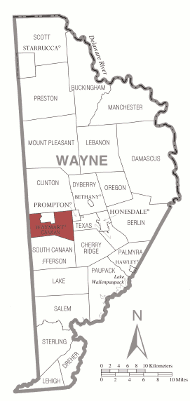
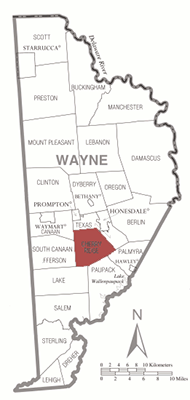
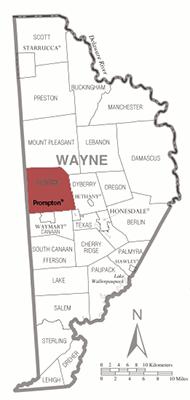


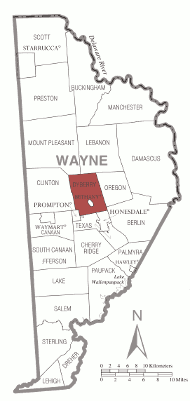


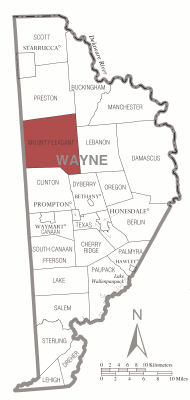




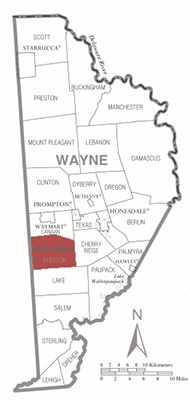
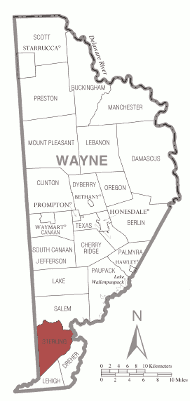
News and Events
